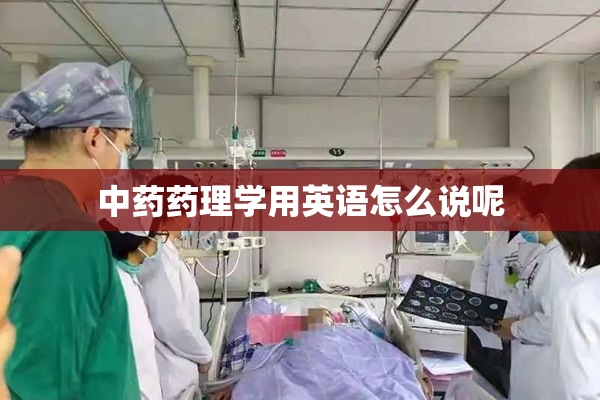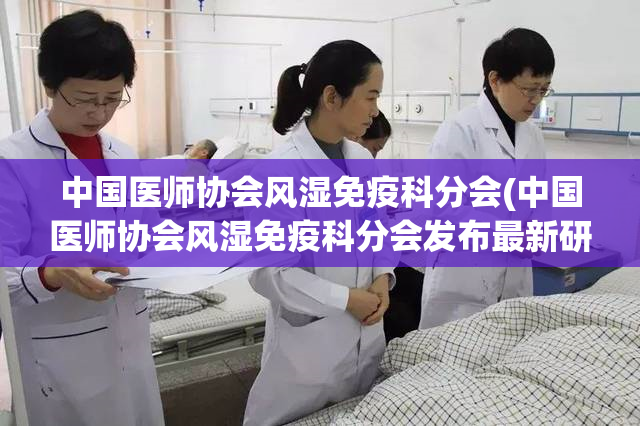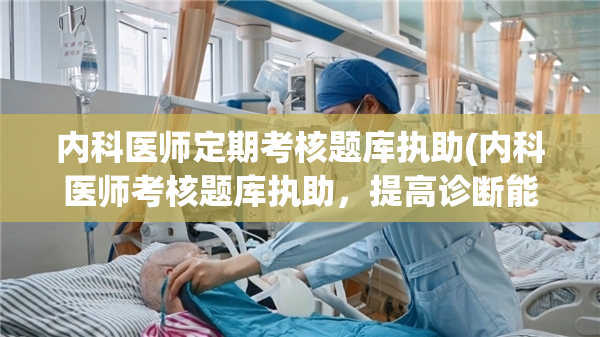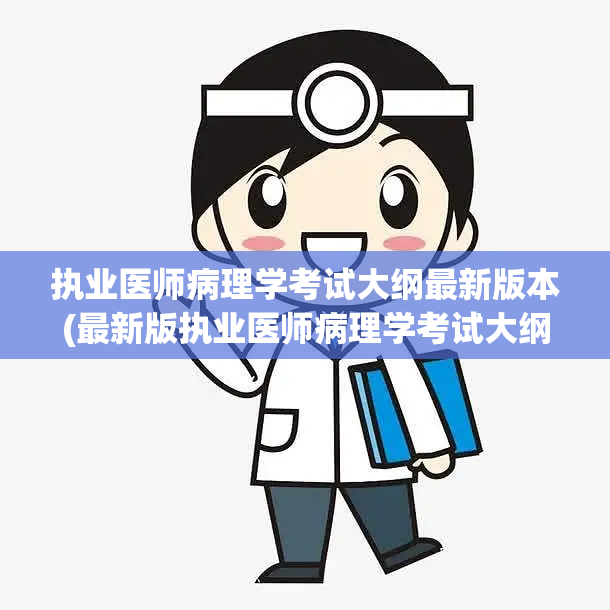Chinese Pharmacology: An Overview
Introduction
Chinese pharmacology is a unique approach to healing that has been practiced for thousands of years. It is based on the use of natural substances, such as herbs, roots, and animal products to treat a variety of ailments. Chinese pharmacology has gained popularity throughout the world due to its effectiveness in treating chronic conditions and promoting overall wellbeing.
History of Chinese Pharmacology

Chinese pharmacology has been practiced for over 2000 years. The earliest record of Chinese pharmacology can be traced back to the Shennong Bencao Jing (The Divine Farmer’s Materia Medica Classic), which was compiled during the Han dynasty (206 BC–220 AD). This text describes over 350 substances and their medicinal properties. Over the centuries, many other texts were written, and the knowledge was passed down through generations of healers.
The Principles of Chinese Pharmacology
Chinese pharmacology is based on the principles of Yin and Yang, Five Elements, and Qi (Chi). Yin and Yang represent opposite but complementary energies, while the Five Elements (Wood, Fire, Earth, Metal, and Water) represent the different phases of cyclical evolution. Qi is the vital energy that flows through all living things. In Chinese philosophy, health is a state of balance between these elements, and disease is a result of an imbalance.
Herbal Medicine
Herbal medicine is the most commonly used form of Chinese pharmacology. The effectiveness of herbs is due to their unique chemical composition, which can help restore balance to the body. There are over 5000 different medicinal substances used in Chinese herbal medicine, and they are often combined into formulas to address multiple aspects of a condition. Many herbs are also used for their preventative properties to maintain overall health.
Acupuncture
Acupuncture is a form of traditional Chinese medicine that involves the insertion of thin needles into specific points on the body to stimulate the flow of Qi. The needles are inserted along meridians, or pathways of energy flow. Acupuncture can be used to treat a variety of conditions, including pain, depression, and allergies.
Cupping
Cupping is a technique that involves placing cups on the skin to create suction. The suction draws blood to the surface of the skin, which can help improve circulation and reduce pain. Cupping is often used to treat respiratory conditions, such as bronchitis and asthma.
Moxibustion
Moxibustion is a technique that involves burning the dried herb mugwort over specific points on the body to stimulate the flow of Qi. The heat from the burning herb penetrates deep into the tissues, which can help relieve pain and promote healing.
Conclusion
Chinese pharmacology is a holistic approach to healing that treats the root cause of disease rather than just the symptoms. It offers a wide range of techniques that can be tailored to an individual’s specific needs. While modern medicine has its benefits, many people are turning to Chinese pharmacology as a safe and effective alternative or complement to conventional treatments.









